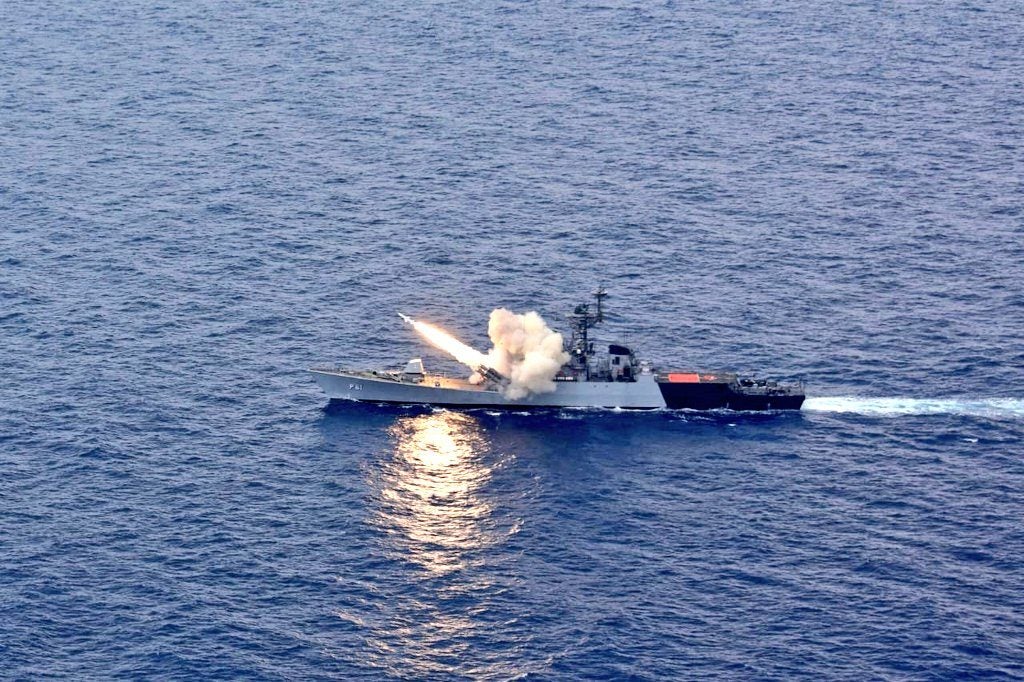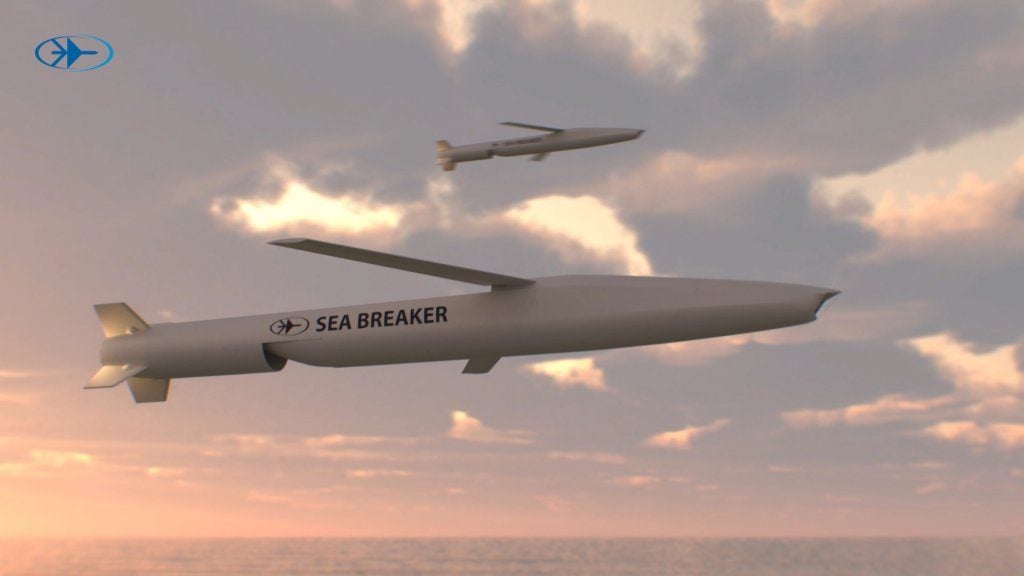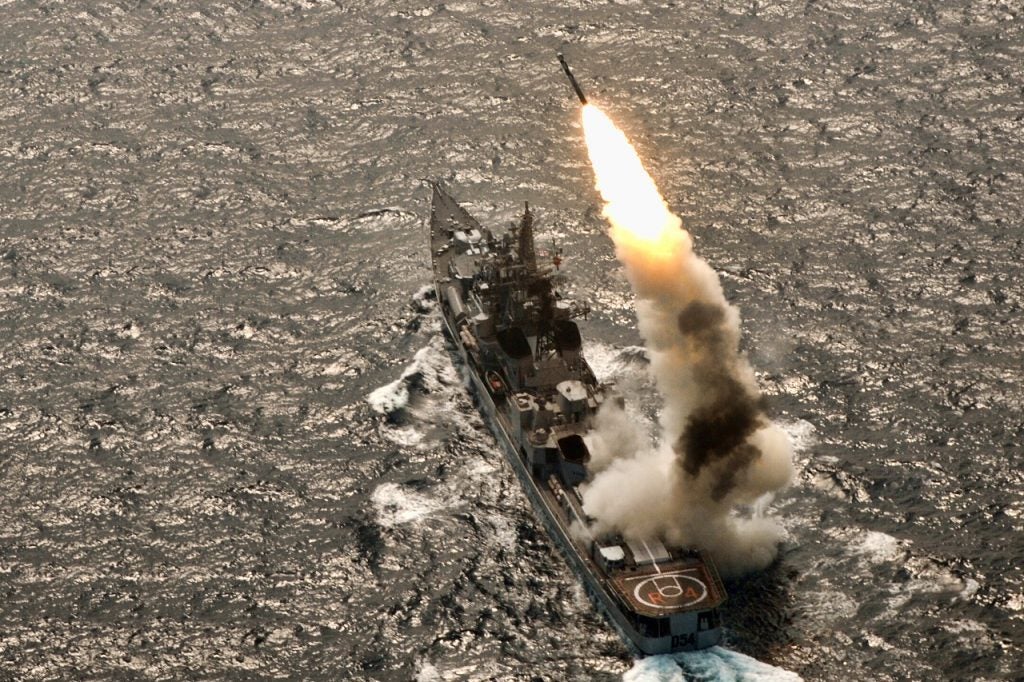Indian Navy Seeks Development Of New ‘Glidefire’ Missile
Indian Navy has unveiled requirements for a new ship-launched surface to surface missile (SSM). The missile, referred to as ‘Glidefire SSM’, is to be developed under the Make-II category of India’s Defence Acquisition Procedure (DAP) 2020. This category involves industry funded project development with no government funding.
The project first came to light when Acceptance In Principle (AIP) was accorded on September 16, 2021. Even as the project underwent a feasibility study, a fresh AIP was accorded on April 6, 2022. Following this, a project brief was released in May, providing tentative requirements of the Glidefire SSM. It called for the development of a “lightweight, modular and cost effective” missile with anti-ship and land attack capability. The missile would be launched from a modular scalable launcher as well as universal vertical launcher modules currently fitted on Indian warships. DRDO is also developing a universal vertical launcher capable of launching all indigenous missiles onboard Indian Navy ships.

Glidefire SSM would use “hybrid propulsion” and utilize “unique controllable surfaces to undertake precise engagement of enemy targets.” Associated systems include fire control systems (FCS), launchers and other interface equipment. The Indian Navy requires the development of two prototypes and about 115 missiles. This indicative document did not provide any performance characteristics of the missile.
However, a questionnaire document released in July provided additional details on Glidefire SSM. Glidefire’s hybrid propulsion is intended to achieve a terminal speed of at least 2000kts (Mach 3). It would be capable of engaging enemy targets “at extended ranges of up to 180km.” 20 missiles are to be produced annually.

Glidefire is likely being contemplated as a ship-launched medium range anti-ship missile, a category of missile banned from being imported with effect from December 2027. This would also be a replacement for the Kh-35 ‘Uran’ missiles currently used by the Navy. Meanwhile an upgrade of the FCS for the Uran SSM, first inducted in 1997, is also proceeding under the government funded Make-I category of DAP 2020. Glidefire SSM may be comparable to the Rafael Sea Breaker which, while having higher range, also has a secretive terminal phase.
Multiple ongoing Indian anti-ship missiles projects such as aircraft launched Naval Anti-Ship Missile – Short Range and Medium Range as well as a Submarine Launched Cruise Missile (SLCM) would also be developed by 2027. Other Indian naval SSM projects include a hypersonic long range anti-ship missile (LR-AShM), subsonic Long Range Land Attack Cruise Missile (LRLACM) and longer range improvements of BrahMos.

